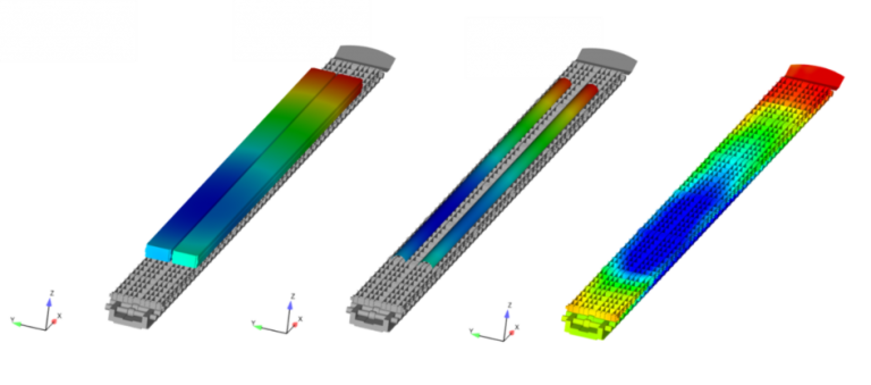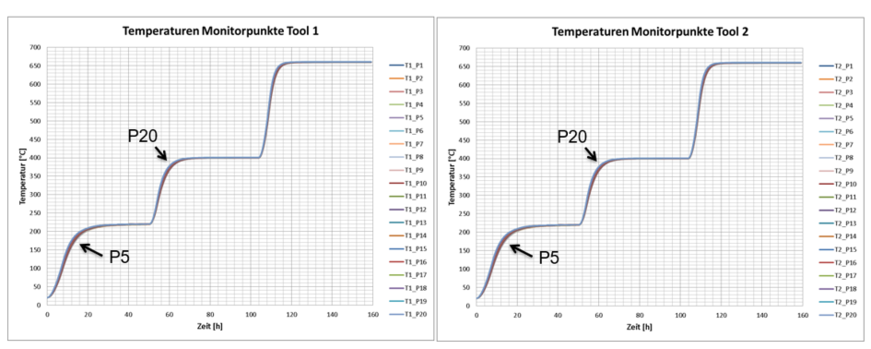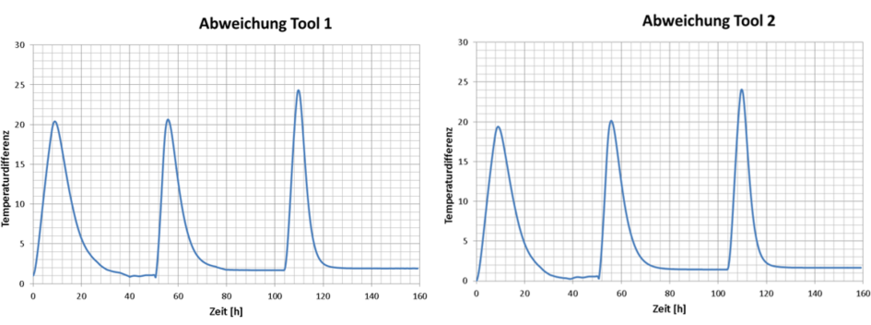What CERN has to do with your breakfast roll
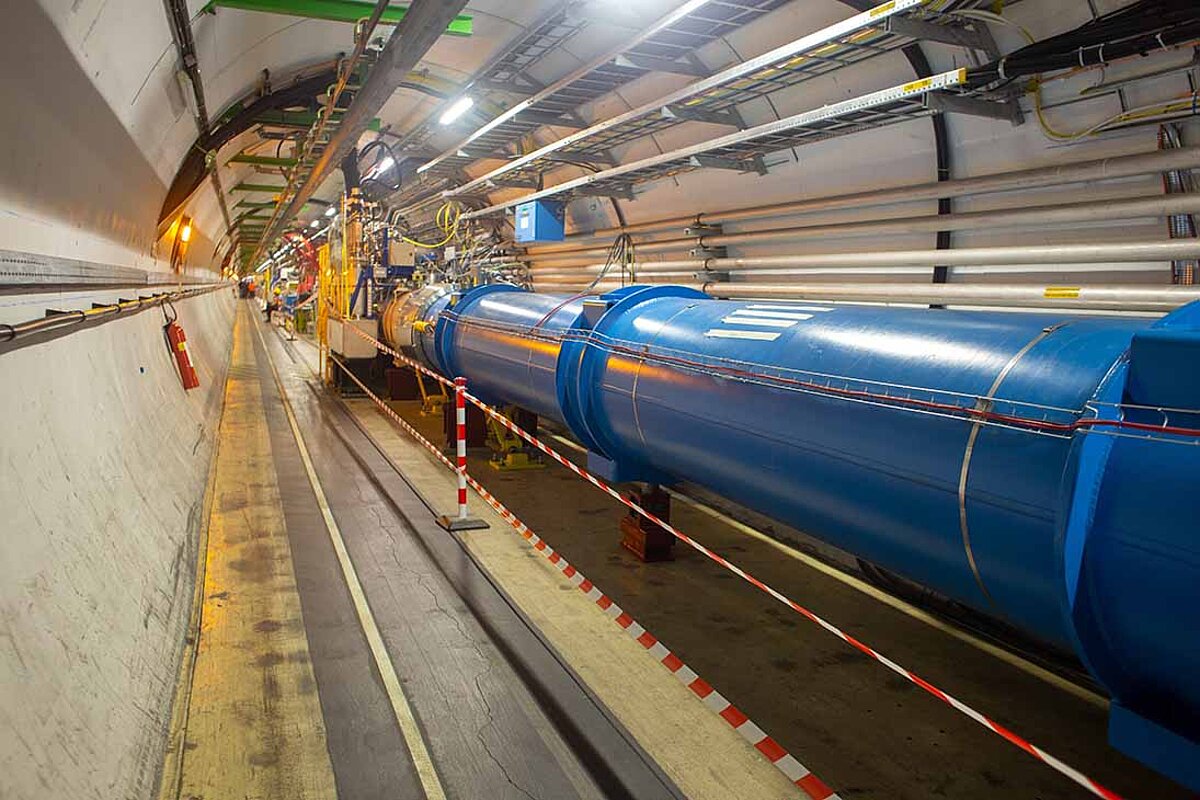
CERN (European Organization for Nuclear Research) is investigating what happened shortly after the Big Bang, while the bakery provides your breakfast rolls.
A bakery has to bake rolls as efficiently as possible. In the process, all the buns on the tray should become evenly warm. The higher the oven temperature, the faster the buns will be ready, but if the temperature is too high, the buns will be done on the outside and raw on the inside, or done on the inside and burnt on the outside. Then you haven't really saved any time.
Buns in the middle of the tray have slightly different baking times than those around the edges. If the differences are serious, it may be due to your oven.
You see: Maximum temperature, baking time and even temperature distribution in the oven are important to efficiently bake good rolls.
Of course, we are not looking at the complete particle accelerator at CERN here, but only at high-precision parts used there.
Even in the production of sintered rolls of carbon for CERN, temperature and time must be kept precisely in mind during baking. The baking oven in this case is called an autoclave and, what's more, there is increased pressure and argon instead of hot air.
In the following, we would like to devote ourselves to the optimal thermal design of the autoclave.
Due to a public research project with our customer Carbolite Gero GmbH, who builds an autoclave, we have the possibility to provide you with detailed practical examples.
How exactly do we proceed with the interpretation?
With the help of numerical flow simulation. More precisely, the airflow concept of the new autoclave is to be investigated and optimized.
The aim of the simulation is to reduce the process duration (baking time). Thereby, a homogeneous temperature distribution should be achieved faster than before. In addition, the temperature difference during the holding time should be less than 6K.
It can be clearly seen that there are large differences in the flow velocity. These differences must be reduced.
It was also found that there is a short-circuit flow between the inlet and outlet, i.e. the fan conveys only part of the gas to the rear despite the separator plates.
In terms of our oven model, this would mean that the circulating air is not working properly and there are local swirls in the oven, while less air passes over the buns.
This obvious deficiency could already be corrected by appropriate measures after the first investigations.
A total of three different geometry variants were investigated as part of the project. The most promising geometry variant was then subsequently used for temperature simulation.
The "baking process" is divided into 3 tempering steps, since the total temperature increase in one step would lead to large temperature differences. In the individual holding phases, the temperatures become more uniform so that the temperature differences in the products do not become too large.
The diagram in Figure 4 shows the heating curve, the vertical line the point in time under consideration.
The flow field here already shows a very uniform temperature distribution.
In the following, let's look at the time course of some temperature measuring points on the product.
The average temperature difference is 6.37K for Tool 1 (right cuboid) and 5.82K for Tool 2 (left cuboid).
Within the heating processes, the temperatures in the points differ by up to 24K. This deviation within the components is reduced by the long holding time and amounts to 6K as required.
Design errors (short-circuit flow) could thus be detected and eliminated at an early stage in the design phase.
All requirements of the specifications for the baking oven could thus already be optimized and achieved during the design phase and were later confirmed by measurements during operation of the plant.
I assume that your tasks can also be located somewhere between the big bang and a bread roll.
We support you, no matter if simple or complex geometry, if simple or complex physics and help you to save time, money and nerves in your projects, too.
Are you curious? We would be happy to discuss possible tasks from your company with you without obligation. Just send us a short mail. We will be happy to get in touch with you.
Your Stefan Merkle

PS: I'm sure you're looking at your breakfast rolls with different eyes now, actually high tech, right?


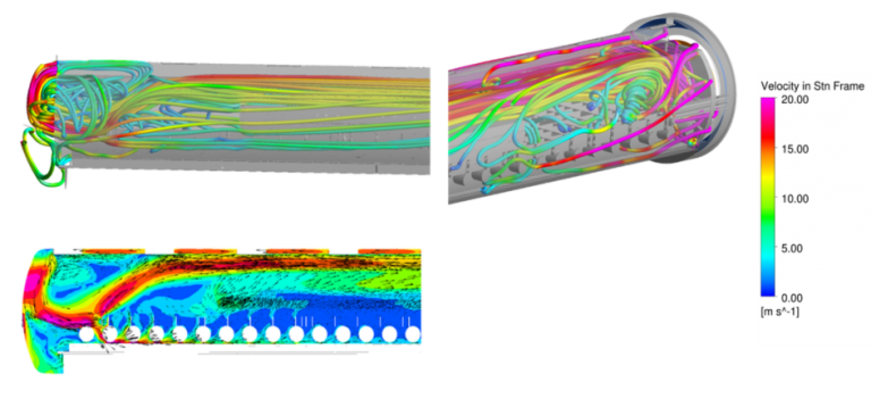
![[Translate to English:] Temperaturverteilung nach 40 h in verschiedenen Schnitten Temperaturverteilung nach 40 h in verschiedenen Schnitten](/fileadmin/_processed_/6/d/csm_Abbildung-4-Temperaturverteilung-nach-40-h-in-verschiedenen-Schnitten_9af361e0d1.jpg)
